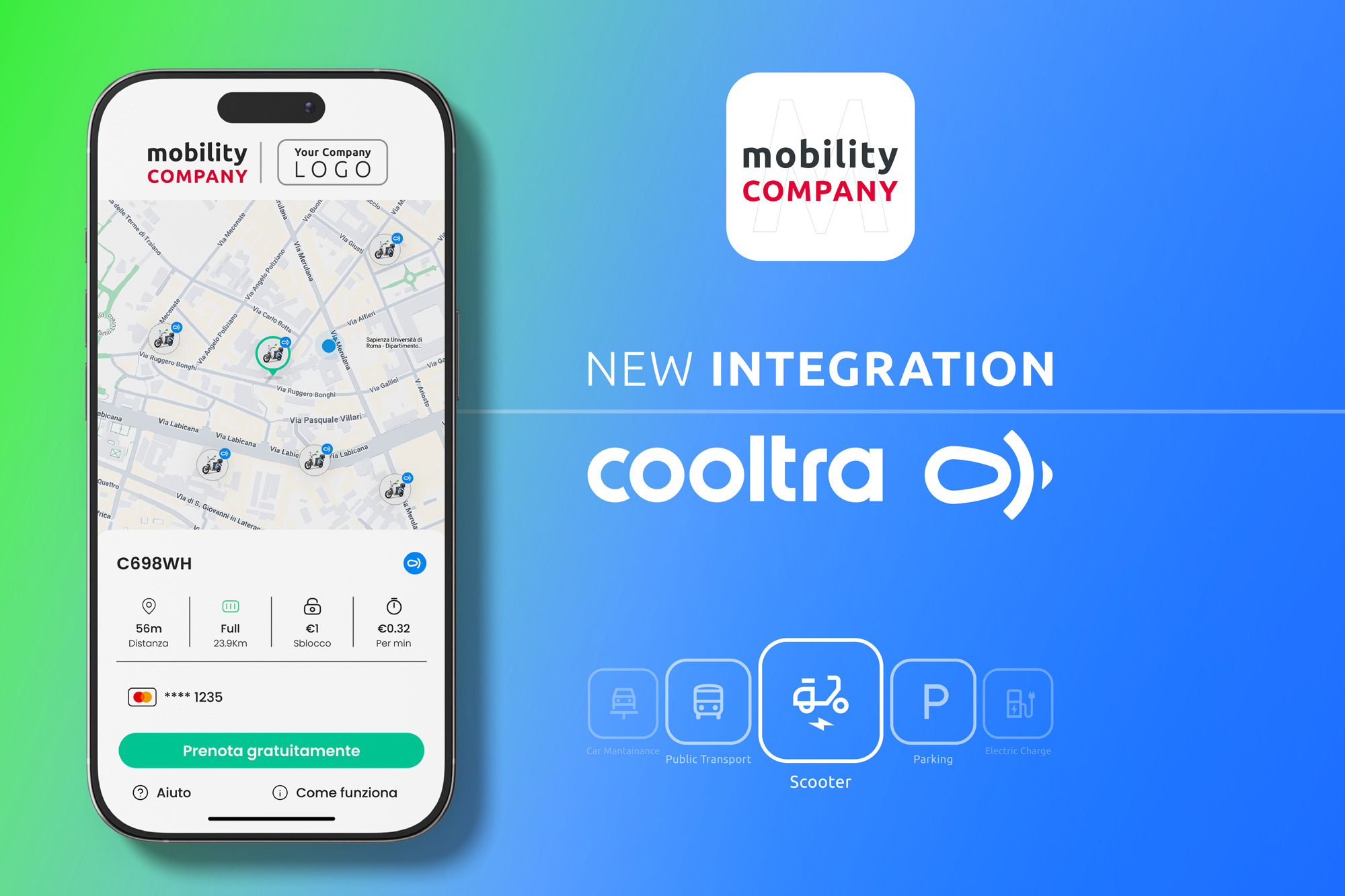
Gender bias in transportation is a serious problem that needs to be addressed. Transporting people around can be an expensive and time-consuming endeavour, which often leads to disparities in who gets to use transport and how. It impacts not only women but every aspect of society, from the economy to sustainability.
Solving this issue requires a fundamental change in policy and the representation of a broader range of voices, as pointed out in our article on pink tax and gender in transport. We also need to explore other tools at our disposal like Mobility as a Service (MaaS) to see where it could support women (and the wider community) to help make transport more accessible and inclusive.
Aligning MaaS with women’s transport needs
Research provides many interesting insights and is the ideal place to start. This white paper, based on NYU led workshops, for instance, highlights seven areas that could help to address the pink tax in transportation and where innovation is greatly needed:
These include better incident reporting, single-payment family fares, responsive lighting and multiple communication methods for people with visual or hearing impairments, shared micromobility designed for women, and journey planning apps that account for personal safety. Community crowdsourcing and a gender audit tool for transit were also highlighted.
Here we’ll take a look at where MaaS could add value.
Multi- and intermodal journeys
Journey planning apps can support the multimodal and intermodal nature of women’s travel. As they aggregate all available mobility options in one place, it makes it easier to plan, manage and pay for more complex trip chains from a mobile device. This could include paying a single family fare (including concessions for children as well as seniors) where these are available. In addition to speeding up the purchase of tickets, a single fare for all family members might also reduce costs for caregivers.
Multiple communication options
Journey planning technology is capable of providing auditory and visual directions for its users, which is particularly useful for people with visual or hearing impairments. It could also provide peace of mind for caregivers with children or the elderly, knowing they will receive communications as to when it’s their stop to get off, where entrances or exits are and more. These features can be integrated with MaaS platforms, ensuring access for more people.
Inclusive journey planning
Data from transportation sensors can feed travellers with information on which carriages are less crowded. This is a feature that SkedGo originally created for AutismCRC in Australia to support people on the autism spectrum. It also has relevance for caregivers with a pram or wheelchair, directing them to where more space may be available. Other accessibility data for lifts out of use and the availability of ramps can provide reassurance about how easy it will be to navigate transport and stations.
Shared micromobility designed for women
Much depends on transport providers to develop their fleets to include, for example, child seats, tandems, and storage for bags and to support off-peak and shorter journeys. It would also require that vehicles are conveniently located for better accessibility. Including these services in journey planning apps means they can be easily booked and paid for as part of a trip chain, reducing the frustration of travel.
Incident reporting and safety
This was a major concern raised in the NYU workshops and greatly impacts how women choose to travel (or not travel). Apps like e-BodyGuard make it easier to report crimes and collect evidence such as photos and other information. Integrating this type of technology with journey planning tools can help to simplify the process and make everything available in one application. Data on safer routes, crowdsourced incidents, alerts and other safety features can inform decisions, particularly if travelling at night or in unfamiliar areas.
Other initiatives include ride-hailing applications targeted at female passengers to help increase safety and confidence. For example, Shebah is an Australian company that provides rideshare services specifically for women passengers and drivers. While we should always work towards eliminating harassment on all forms of transport, services such as these do fulfil a vital need. Journey planning apps can offer personalised results to optimise for these options and help women (and other vulnerable people) plan a safer trip.
Data analytics
Data gathered from journey planning applications can be used by transport agencies and providers to monitor and measure how different genders use mobility. This can be combined with the ability for people to rate transport services, providing a further way to ensure women’s voices are heard. These insights can then inform decision-making and shape future mobility and infrastructure.
Where to next
Maurizio Catulli, Senior Lecturer in Sustainable Innovation at the UH in the UK, recently wrote a timely reminder of the need to address safety, in particular for women, in order to reap the benefits of MaaS for sustainability. This requires all stakeholders across the transport industry to work closely in collaboration to provide modal choice, robust open data, flexible transport policies and improve on safety, to meet the needs of women.
By doing so we can ensure that everything from urban planning to transport infrastructure becomes more inclusive. It also provides the foundation for MaaS to act as an enabler, pulling every aspect of mobility together into a cohesive whole. This will not only positively impact the lives of women but result in better inclusivity, equity, safety and sustainability for all members of society.
Source: SkedGo



